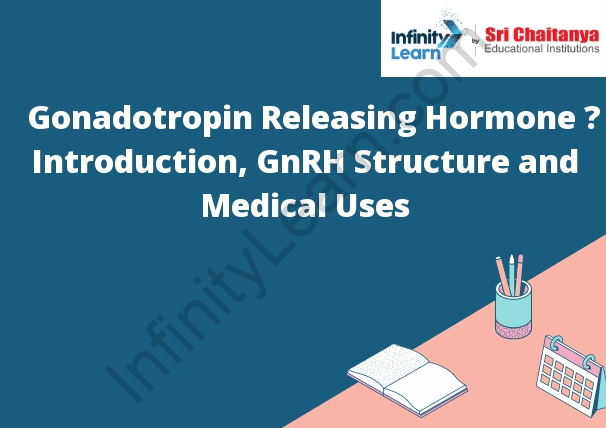Gonadotropin Releasing Hormone
Gonadotropin-releasing hormone is a hormone that is responsible for the release of follicle-stimulating hormone and luteinizing hormone from the anterior pituitary gland. Follicle-stimulating hormone is responsible for the development and release of eggs from the ovaries, and luteinizing hormone is responsible for the production of estrogen and progesterone.

GnRH Structure
The hypothalamus is responsible for secreting gonadotropin releasing hormone (GnRH). GnRH is responsible for triggering the release of the gonadotropins LH and FSH from the pituitary gland. LH and FSH are responsible for stimulating the production and release of sex hormones, including estrogen and testosterone.
GnRH is a peptide hormone that is composed of 10 amino acids. The structure of GnRH is very important for its function. The peptide backbone is essential for binding to receptors on the surface of cells. The specific amino acids that make up the peptide backbone are also important for binding to receptors.
The structure of GnRH is also important for its stability. The peptide backbone is resistant to degradation, and the specific amino acids that make up the peptide are also resistant to degradation. This stability allows GnRH to circulate in the blood for a long time.
Medical Uses
Gonadotropin-releasing hormone (GnRH) is a hormone released from the hypothalamus in the brain. It stimulates the release of the gonadotropins, luteinizing hormone (LH) and follicle-stimulating hormone (FSH), from the pituitary gland. These hormones in turn stimulate the production of sex hormones, estrogen and testosterone.
GnRH is used as a medical treatment for a number of conditions. In women, it is used to induce ovulation and to treat infertility. In men, it is used to treat infertility and to reduce the production of testosterone. GnRH is also used as a treatment for precocious puberty, a condition in which children start puberty too early.





